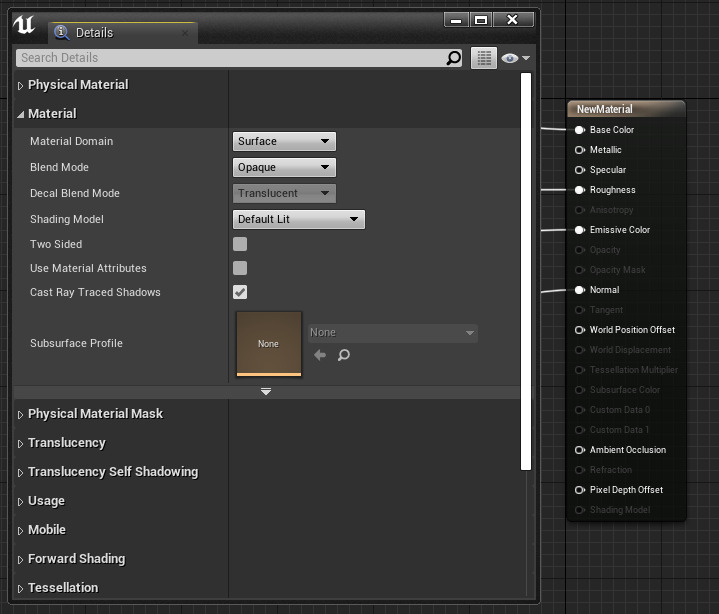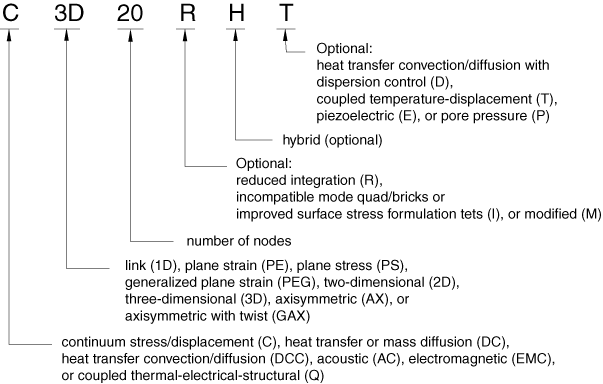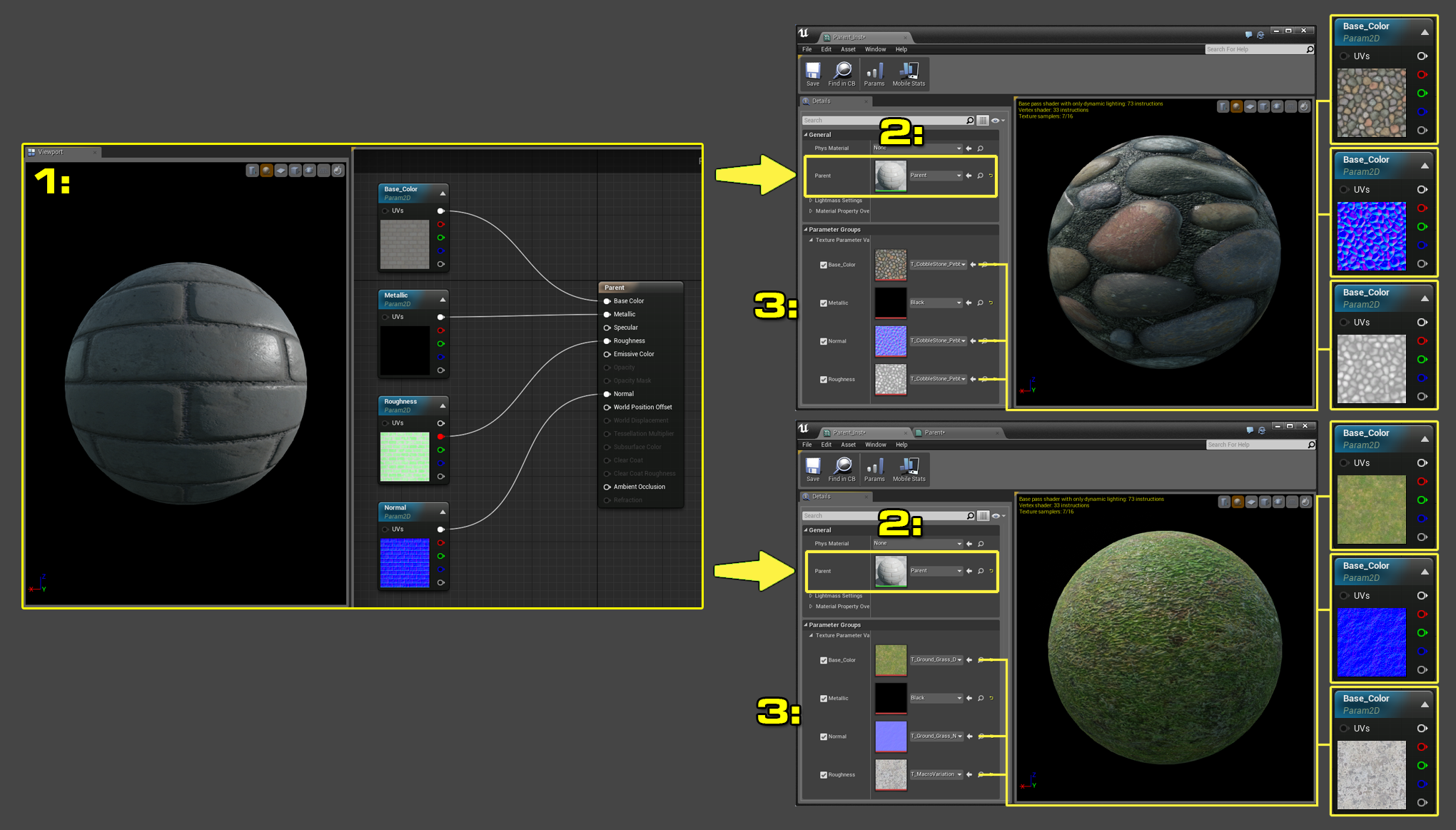
I am still confused that if the solver tries to find the internal forces at the nodes or within the element. So, as written in the 3rd point, the internal forces are calculated by first computing the elemental stresses, and then refinding the forces from it. These nodes (which are neither the constraints nor any external forces are applied there), we know that we find the displacements of them by solving the stiffness matrix equation, but how do we find the internal force at these? I just want to understand that the internal forces that you mentioned, are these the forces at the nodes, or within an element? Secondly, if these internal forces are at the nodes, then what are they compared against to check equilibrium? Because the externals are balanced by the forces at constraints.

So basically, the solution to stiffness matrix equation gives us the unknown displacements as well as the unknown forces (at the boundaries), right? Well, to be more exact, the reaction forces from the constraints are going to be in equilibrium with the external applied forces. You mentioned, " The solution results in all internal forces being in equilibrium with the external applied forces and reaction forces from the constraints.", so I have read that the reaction forces at the boundary conditions are the unknowns, we know this. Because of that, you would turn off Nodal Averaging of the Stress Contour plot because there is a discontinuity of stress at the interface, even though there is no discontinuity of I would be glad if you could also answer my query in this thread. The strain at the interface between an adjacent pair of nodes is the same for both copper and aluminum, but because those two materials have different values of Young's Modulus (E) the stress in each element will be different.


Once the nodal deformations are known, the strain can be calculated. The solution results in all internal forces being in equilibrium with the external applied forces and reaction forces from the constraints. Ansys assembles a stiffness matrix using the known element properties and solves the matrix equation vector. Flow of data in a finite element analysis is the nodes have an unknown displacement, but the elements have known properties of stiffness and thermal expansion.


 0 kommentar(er)
0 kommentar(er)
